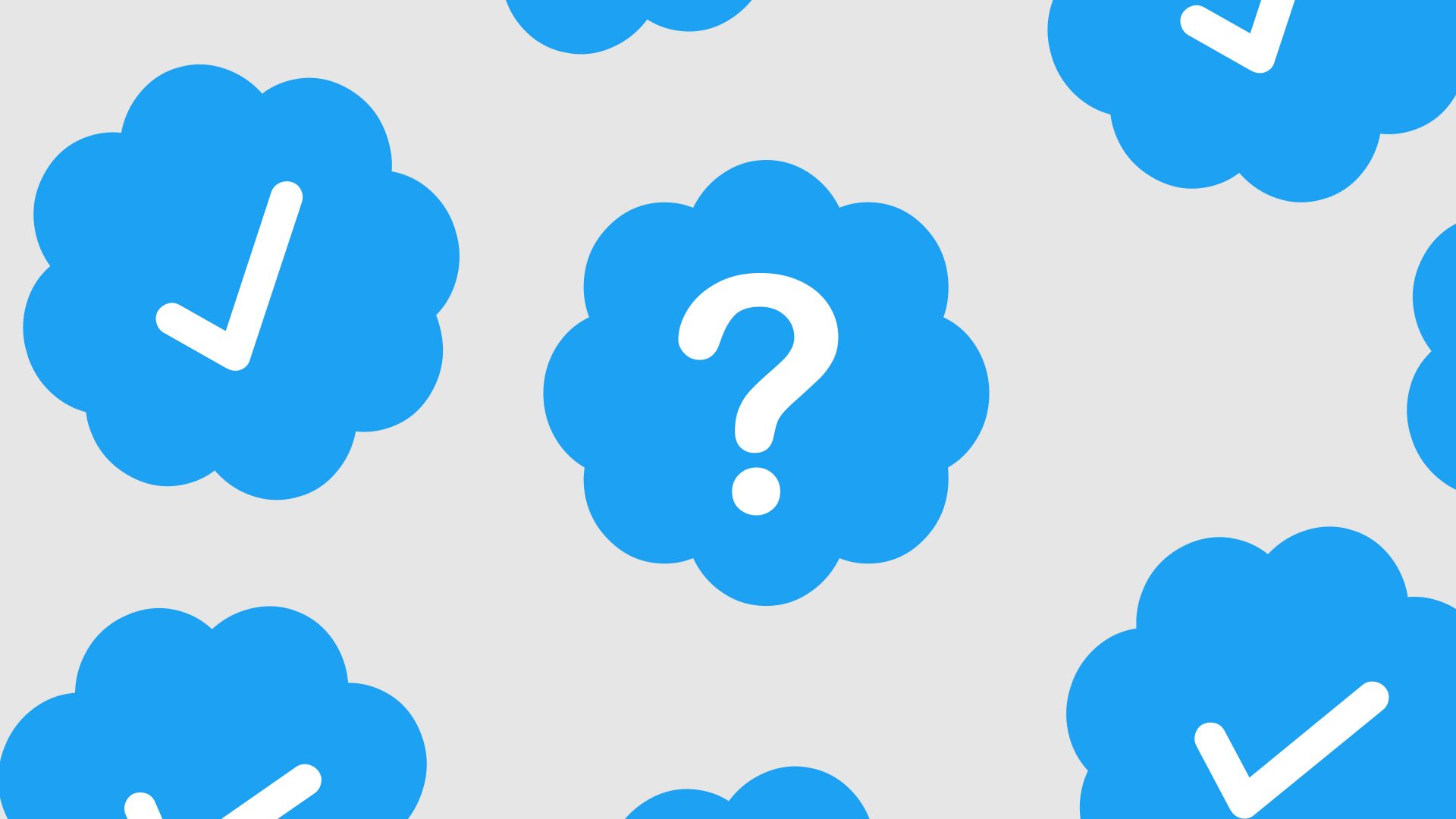Elon Musk’s $44bn (£35bn) takeover of Twitter has created an industry itself of media and tech pundits arguing over the many implications. Will Musk tear apart its moderation policies and make it a free-for-all, or will verified real names be required? Will the business model tilt away from advertising to subscription? Will Donald Trump be allowed back on the platform?
But a broader question is what precisely Musk wants to do with the platform. And to begin answering that requires dealing with a yet bigger one – what exactly is Twitter, anyway?
Until 2009 Twitter’s homepage – the one you’d see visiting their site while not logged in – displayed what amounted to a mission statement: “Twitter is a service for friends, family, and co–workers to communicate and stay connected through the exchange of quick, frequent answers to one simple question: What are you doing?”.
Now its homepage doesn’t feature any attempt at self-definition, as over the intervening years the task has been left to others. Many newspapers until relatively recently thought it necessary to prefix it with “the micro-blogging site”, while veteran users periodically chart its journey from a platform for Radio 4 parlour games (“change one letter of a film”) to a swamp for political extremes and vehicle to racially abuse penalty-missing footballers from several hundred miles away.
Other social media can be crudely categorised: Facebook as being where dimly remembered schoolmates post pictures of their children, Instagram where good-looking young people illustrate a sanitised version of their life to wangle a Boohoo deal, TikTok for dancing (as I say, crude). But Twitter? Beyond “the one journalists use to speak to other journalists, and therefore cover it with disproportionate reverence”?
Which isn’t to say it isn’t successful. Hootsuite and We Are Social’s April 2022 digital report, which highlights the latest internet and social media trends, shows Twitter.com is the sixth most-visited website in the world, with 5.62bn total visits and 1.51bn unique visitors in February alone.
It also shows that 28.5% of working professionals aged 16-64 worldwide use Twitter for work activities, with the potential audience of ads on Twitter increasing by 29m in April, equating to a quarter-on-quarter increase of 6.6% (the UK had the sixth-largest Twitter ads audience in the world, with a total reach of 19.15m).
This, according to Callum Coard, paid media specialist at search engine experts Vertical Leap, is “frustrating because Twitter has so much potential but it doesn’t know what to do with it”.
He adds: “It’s difficult to say what the future holds for Twitter because the company itself doesn’t seem to know which direction it wants to take. Much has been said about Elon Musk’s proposal to buy Twitter, but he’s right when he says the company’s board members’ interests aren’t aligned with those of its shareholders.
“As Musk points out, the board members own almost no stock in the company at all and they famously barely even use the network. Now, we’ve got Jack Dorsey publicly stating that the board has been responsible for Twitter’s dysfunction over the years.
“We’ve seen this dysfunction in Twitter’s confused approach to monetisation. Even today, its advertising system feels half-baked compared to other networks and the ad formats still don’t really fit into the user experience like Instagram or TikTok. Now Twitter wants users to pay a subscription fee for premium features – none of which includes the main feature users have been calling out for all these years: an edit button.”
It is a view shared by Stacey Kane, business development lead at online builders’ hub EasyMerchant.
“It doesn’t take a genius to figure out that Twitter has reached its peak digital journal/diary channel self for users,” she says. “The platform is too distinctive from other social media giants such as Facebook, Instagram and TikTok, all of which largely focus on media sharing, for it to successfully reinvent itself and become an advertising paradise for enterprises.
“Elon Musk’s interest in buying out the platform is just the hype Twitter needed to be visible in the social space again. Unless it is bought by someone with Musk’s media influence, it’s unlikely for Twitter to effectively relaunch itself and transform into something other than the classic digital notebook of modern users.”
I put a similar question – does Twitter even know what it wants to be? – to Michael Baggs, strategy director at the marketing agency The Social Element, when we talk over Zoom from his home in Scotland.
“This is a beautiful question,” he says. “I don’t necessarily know if they do.
“It’s pinged about – if you go to the App Store it’s sometimes been under social media and sometimes been under news. And it moves around relatively infrequently, but every time it does some people raise an eyebrow – is that a change in purpose?
“It’s now taken a step back into a beta discovery mode where they’re buying places, they’re adding things. There was a point when they launched a paid-for subscription newsletter about the weather last year. It feels like they’re testing and at some point they’re gonna have to decide, they’re gonna have to nail their colours to the mast and say ‘this is what we are’. But I don’t think right now there’s a certainty that they know where they are. But I think it’s kind of exciting compared to a lot of the other platforms.”
He points to Twitter Spaces, the social audio function rolled out last year in a bid to head off the much-hyped Clubhouse app, as something that could form a big part of Twitter’s future. Although it’s not widely used, “there are certain niches where it’s very key,” he says.
“NFT and crypto are two places where Spaces has done exceptionally well. Within rap it’s doing quite well, as well. Within certain sports – so NBA has a great space for Spaces. I think rather than being a general conversation it’s often specific topics where you already have thought leaders and you have influencers who already have a sizable audience. It’s going to resemble podcasting, I imagine, within the next year or so.”
Celine Saturnino, chief operating officer at the media agency Total Media, also pointed to the use of audio in Twitter’s future, but more in integrating it into the app’s current key function – tweeting.
“Amongst social apps, Twitter holds a more unique proposition of news and information versus the other more entertainment-led platforms focused on short-form video and images,” she says.
“Not losing sight of this core function and innovating in the way users access and interact with Twitter is important for the continued growth of Twitter. Changes in behaviour such as the use of voice for writing messages on the go are important for Twitter to embrace, removing the barrier of being a text-focused platform.”
Twitter’s current CEO, Parag Agrawal, who only took the helm last November, has said he will continue to focus on growing Twitter’s daily active user base and bringing new products to customers although, Spaces apart, Twitter has always lagged behind rivals such as Facebook in bringing new functionalities to the platform, and has not always stayed the course when it has.
One example was a short-lived toe-dip into being a live sports broadcaster, buying the rights to show the NFL’s Thursday night games in the US in 2016. The contract wasn’t renewed after one season, with Twitter switching to encouraging broadcasters to put footage on the platform themselves.
“Twitter has long faced the dual challenge of satisfying stakeholder returns and its evident lack of innovation,” says Paul MacKenzie-Cummins, managing director of Clearly PR.
“It has always ended up on the losing side. Whereas the likes of LinkedIn and Facebook are constantly re-thinking and re-imagining their platforms, Twitter has shown itself to be remiss of any such thoughts.
“But that doesn’t mean that its future is in doubt. Nor that users will fall away. If anything, the opposite is likely and we have the pandemic to thank for that. When the business world was turned on its head in 2020, decisions that once took days or weeks suddenly needed to be made within hours or even minutes. Twitter came into its own as a medium by which organisational leaders and key decision-makers were able to find real-time information to enable them to make the right call at the right time.
“Its position in the social media landscape is, for me at least, assured. But this comes with a caveat: Twitter needs to refocus on driving quality of content and steer away from campaigning for ad revenues that are diluting the user experience.
“Does this mean it should look at a subscription model? That’s not a bad idea for two key reasons. First, it would keep stakeholders sweet and pacify users. And second, perhaps more important from a wider social context, it would likely eliminate the number of trolls and online abusers.”
I asked Michael Baggs what it would be like if Twitter just vanished tomorrow. Unlike Facebook or Instagram, which people – however wisely – have used as their photograph albums and memory drawers, wouldn’t we just get on with life?
“I think currently, yes,” he says. “I think it’s the place people go to do things publicly and to engage openly and honestly in a lot of these discussions. But a lot of the time they actually could happen on Facebook comment feeds or they could happen on Instagram. Is that a massive risk for Twitter? They don’t do anything better than anyone else.”
But Eliane Lugassy, co-founder and CEO of the business app Witco, is thinking even bigger for what Elon Musk may have in mind for Twitter’s future.
“Twitter has a future in countering fake news, in providing a financial model and support for underfunded local journalism, and in becoming the total platform such as we see in [Chinese messaging app] WeChat, enabling everything from entertainment streaming to shopping and payments.
“Perhaps Twitter might also one day, like Amazon, branch into other areas like education and healthcare. Even space perhaps? Musk’s interest in Twitter hints at a potential for the platform that has barely been realised.”
Space? It would at least be a lucid, unambiguous answer to the question as to what Twitter actually is. And a very long way from the exchange of quick, frequent answers to one simple question: What are you doing?












